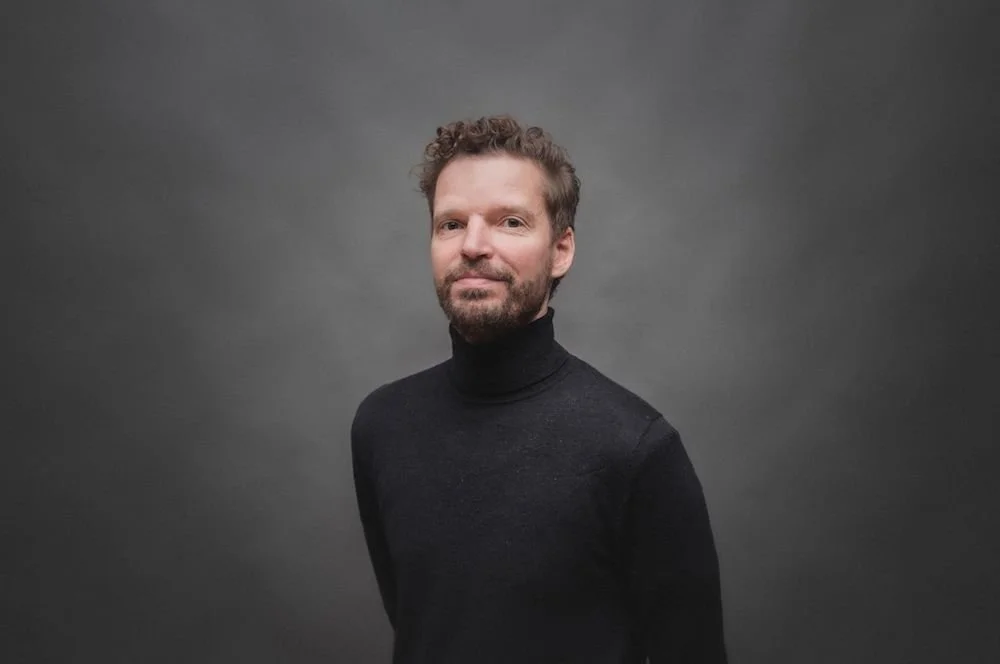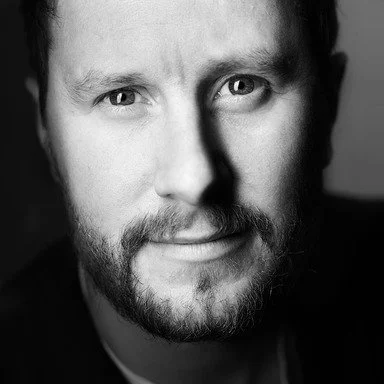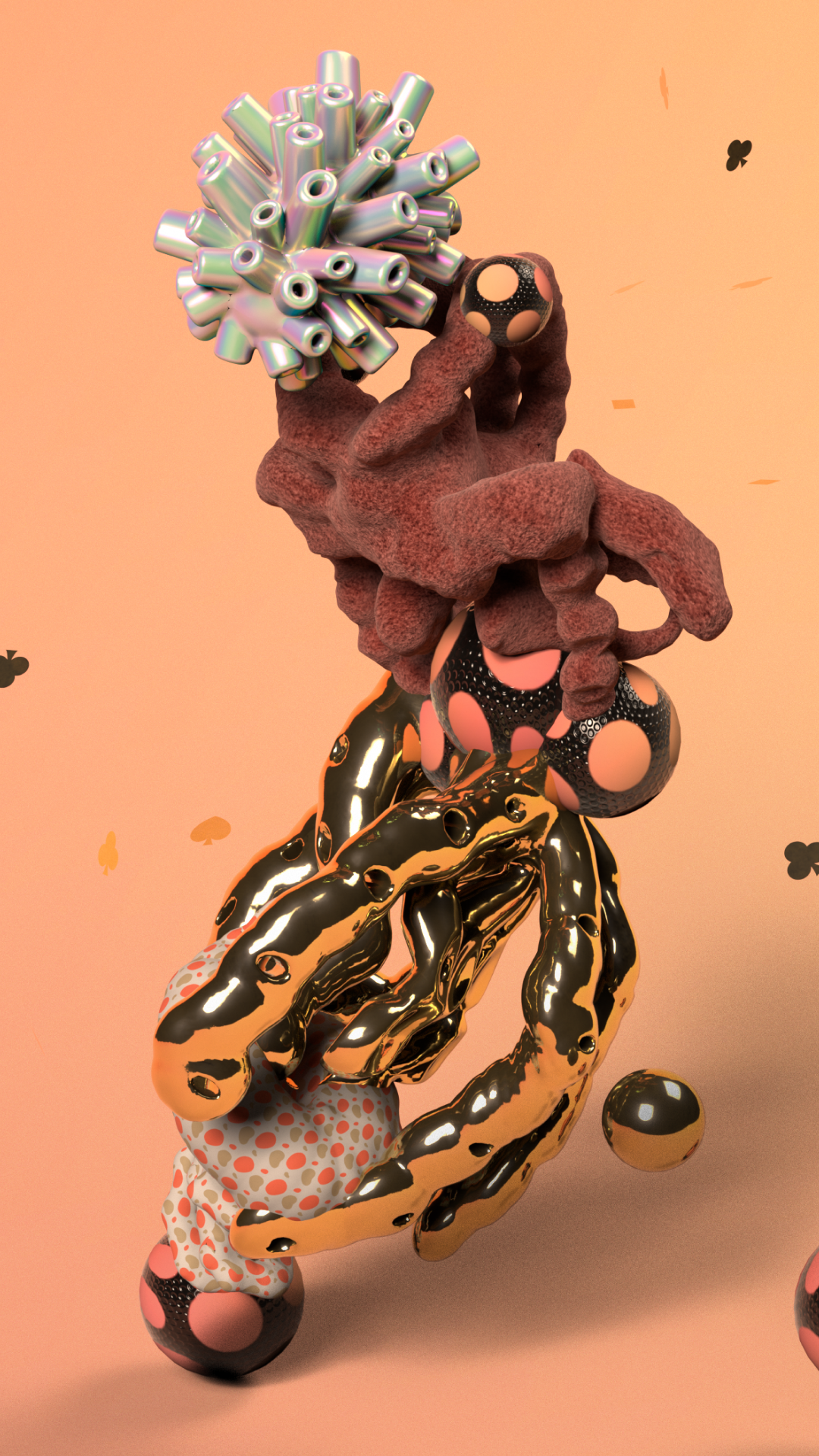Why Bang & Olufsen Believes Creators Should Champion the Big, Bold Idea
Bang & Olufsen and HELLO MONDAY/DEPT® collaborated to create “See Yourself in Sound,” a global brand campaign that allows music listeners to create hyper-bespoke avatars. Images courtesy of Bang & Olufsen and HELLO MONDAY/DEPT®.
Some of the best advice that a director can give is this: you should always champion the bold creative idea. “An idea needs to be presented by the creator, someone who can voice it and stand up for it, protecting the integrity of the work,” says Paul Collins, Global Creative and Brand Director at Bang & Olufsen. “And you obviously need to work with a partner that can actually deliver on the ambition.”
With that certain resoluteness, Collins’s vision to tap into the emotional side of music became the new, stimulating, and self-expressive experience “See Yourself in Sound.” The campaign is in partnership with HELLO MONDAY/DEPT®, a creative studio co-founded by Anders Jessen that handcrafts digital experiences like this one, which allows music listeners to create their own bespoke avatars.
Here, Collins and Jessen walk us through how ideas turn into thought-provoking concepts, why it’s important to create products that ground us in the present, and how curiosity drives creativity. (And if you’re wondering about Collins’s musical avatar, think ABBA.)
Co-founder of HELLO MONDAY/DEPT® Anders Jessen believes that Monday should be the best day of the week.
The avatars dance! Images courtesy of Bang & Olufsen.
What is your company’s creative secret sauce?
Collins: I feel like the biggest difference between working internally versus working at an agency is having someone on the inside that champions the creative idea. I believe bold ideas can live or die based on their execution, craft and attention to detail. I’ve worked 25 years in this industry, and I guarantee you that there’s a lot of big ideas that have been thrown in the bin, because they’re not being received and interpreted thoughtfully on the other end. Almost every time an idea goes into a meeting room, it gets diluted.
So we created a process which asks, What story do we want to tell? How does it tie back to our legacy? How can that build brand awareness? “See Yourself in Sound” was a big, bold idea and we took it directly to the CEO of the company, explaining why we needed to do this. And that’s how we build big, bold ideas and without any of its edginess knocked off. And you obviously need to work with a partner that can actually deliver on the ambition.
“Almost every time an idea goes into a meeting room, it gets diluted.”
—Paul Collins
Jessen: As an agency working with several different clients, the secret sauce is particular to each project. But I’ll tell you this: it always comes down to the level of the client’s ambitions and the quality of the collaboration. When a client comes to us, we challenge their idea and think about how we can make it better. However, when a client comes to us with a bold idea, that can actually make things a little bit easier for us because we can take the idea and build upon it. You need the partner to have big ambitions, so that there is a lot of pushing on both sides that helps to create the best end product.
What does it mean to “See Yourself in Sound?”
Collins: Our products can make people feel things, whether it’s by watching TV or listening to music in high fidelity, but we wanted to do something different and really tap into the emotional space of music. For the near century that B&O has been around, we’ve always done campaigns that are very product-focused, with the objects usually at the forefront of the conversation. This year, we shifted the conversation on how a product can make someone feel. As the first brand campaign that B&O had done in a very long time, “See Yourself in Sound” was that perfect opportunity to reignite the brand, reach younger audiences, and focus on the emotional output that a product can generate.
How did you come up with the idea to use avatars as a means of self-expression?
Collins: We looked at Nick Cave’s costumes called Soundsuits. They’re these creative costumes that completely cover the person head-to-toe. And we wanted to showcase how music feels if you’re dancing, but in really quirky costumes like Nick’s. But we weren't looking to make a traditional film. We wanted an experience with maximum reach.
That’s where Spotify Wrapped comes into the picture. We knew we could use that popular platform and translate it into something creative and digital (hence, the avatars). When we first did a massive audit of what that world would look like, it looked plain to us. It was like the avatars simply translated human features into digital ones. And since our brand is all about being bold and different — our innovative spirit started with re-inventing the radio into a device that you could plug into the wall — we didn’t want to settle for something homogenous like that. That’s why we decided that the avatars would be bespoke, hyper-personalized creatures, fitted in these original suits made of aluminum and reflective material.
How did that idea translate in the design process?
Jessen: One challenge was making a library that would be big enough so that everybody would create a completely unique avatar with a soundscape around it. And I think we were successful. I haven’t seen two characters that look the same.
Collins: We translated the API from Spotify into emotions and feelings, which then translated into different types of profiles — whether that’s a fiery avatar that listens to heavy rock or a blue one that listens to calm music. The problem was that the avatars didn’t look human, they just looked completely weird at first. Then we made them dance. We worked with the Content team at Copenhagen’s Contemporary Dance School to observe 12 different dances and match them to different moods that inspired the avatars. And it’s actually the dance that makes it human.
Did each of you make your own avatars?
Collins: Of course. Mine is based on my favorite songs, like “Dancing Queen.” But seriously, the interesting thing is that, while there will be people that are hardcore heavy metal fans, a lot of people have a palette of different genres that they listen to, so their avatar is a mixture of everything. And mine certainly was.
Anders: Mine was a little bit as you described it, Paul, because I like the heavy metal stuff. It was big and bold and fiery and it wanted to dance a little bit more aggressively.
Collins, you have a chip implant in your hand to help you live a life without cards or keys. What does that do? Does it relate to your creativity, letting you live a more productive creative life?
Collins: Yes, I had a chip injected into my hand with a needle. It’s a symbol of my curiosity about technology and where the world’s going. But at the moment it has very little function. It’s an NFC chip, which is a passive chip with the idea of centralizing all of your identity documents — your credit card, your postcode, everything you carry with you in your hands — in one place. As a creative person, you need to be curious about everything that’s happening around you. And I’m especially curious about biohacking — questions like, how can you sleep better?
Jessen, what was it like to leave the safety net of working for a big corporation and take that leap to start your own company with two other graphic designers?
Jessen: At the time, the three of us were at a bigger agency that had become very corporate. We were pretty young and we had this love for digital experience and making great graphic design. But we were only seen as interns by this agency, and we felt stuck. We wanted to create the type of space where we felt energized coming to work. That’s why our company is called Hello Monday. Every Monday has to be the best day of the week. And sure, it isn’t always the best day of the week, but that’s the mission and the ambition.
If you’d like to read more from Creative Factor, subscribe to our newsletter. Or looking to tell your brand story? Introducing Creative Factor’s Storytelling Studio.
Plus, more great reads right this way…





